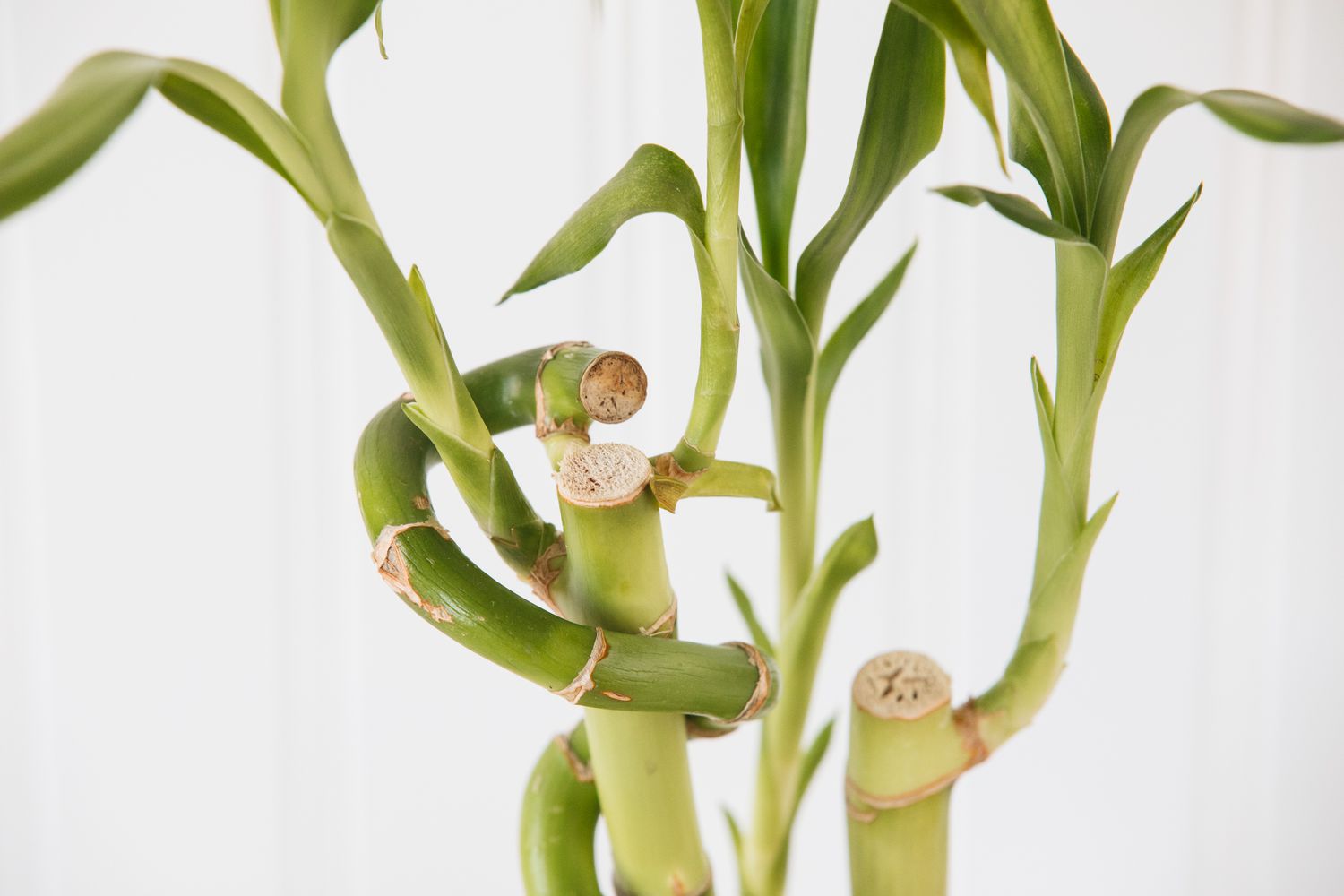How to Grow Lucky Bamboo Indoors
Lucky Bamboo (Dracaena sanderiana) is not only a symbol of good fortune but also a stunning addition to your indoor plant collection. Its hardy nature and versatility make it a popular choice for plant enthusiasts. In this guide, Mera Baghicha will show you how to grow Lucky Bamboo indoors and keep it healthy with minimal effort.
1. Choosing the Right Container
Lucky Bamboo can be grown in either water or soil. Here’s how to select the best option:
- Water: A clear glass vase is ideal to display the roots. Make sure the container is wide enough to provide stability. Fill it with pebbles or stones to hold the bamboo stalks upright.
- Soil: Choose a well-draining potting mix for indoor plants. A ceramic or terracotta pot works well, as it provides good air circulation.
2. Light Requirements
Lucky Bamboo thrives in indirect sunlight. Direct sunlight can cause the leaves to burn, so place it in a well-lit room where the sun’s rays are filtered. A north or east-facing window is ideal.
3. Watering Tips
- Water: If you’re growing Lucky Bamboo in water, use distilled or filtered water to prevent chlorine or fluoride damage. Change the water every 7-10 days to keep it fresh.
- Soil: For soil-grown plants, water the bamboo when the top inch of soil feels dry. Make sure the pot has drainage holes to prevent waterlogging.
4. Temperature and Humidity
Lucky Bamboo prefers temperatures between 18°C and 32°C. Keep it away from drafts, air conditioners, or heating vents, as extreme temperature changes can harm the plant. Maintaining moderate humidity is ideal for its growth.

5. Fertilizing Lucky Bamboo
Although not mandatory, you can feed your Lucky Bamboo with a mild, water-soluble fertilizer every couple of months to promote healthy growth. Dilute the fertilizer to half its strength to avoid overfeeding.
6. Pruning and Maintenance
Over time, your Lucky Bamboo may grow too tall. Prune it by trimming the shoots with sharp scissors. You can also propagate the cuttings in water to grow new plants!
7. Common Problems and Solutions
- Yellowing Leaves: This may indicate overexposure to direct sunlight or poor water quality. Adjust the light and switch to distilled water if needed.
- Root Rot: If the roots start turning brown or mushy, it may be due to stagnant water. Change the water regularly or improve drainage if growing in soil.
- Recent Posts
